The Hampton Court conference in 1604 was described by Frederick Shriver as, “one of the most significant events in the political and religious history of England.” It set the course for the future of the Church of England and determined the role that the Puritans would – or rather, wouldn’t – play in the official Church. Some have perceived the seeds of the English Civil War (now more commonly called “the wars of the three kingdoms”) being planted at this conference. Indeed, given the colonization of the New World by the Puritans as they increasingly found less room for them in the English church, one could even say that this conference shaped the future of religion and politics in North America. In terms of both religion and politics, it is thus an event of historical importance worth exploring.
We have traced already the discontent with the elizabethan settlement that found new life breathed into it at the coming of King James VI of Scotland to the English throne. Some were content with the way religion had settled under Elizabeth. Others, primarily the Puritans, were convinced that the English church, which retained so much ceremony from the traditional church, was, “but halfway reformed.” They were deeply troubled and discontented with this state of affairs. We have looked in depth at the Millenary Petition, which was the prime expression of such discontent, and at some of the specific requests which it made of the new king. The king eventually arranged the Hampton Court conference to deal with the issues these Puritans kept raising and complaining about. Or, more accurately, to deal with the pesky Puritans who were always raising them.
Our primary interest is, of course, more narrowly on the history of the King James Bible itself. Yet it was at this conference that the King James Bible was first conceived, and because the politics of the conference heavily shaped the end product, the conference is worth looking at in some detail in its own right. In this post we will trace broadly the avenue where the conference took place, and the dates on which it took place – the when and where, so to speak. In the next post we will examine the roster of attendees, then look more closely at the events of the conference before finally zooming in on the request for a new translation which ultimately resulted in the creation of the KJB.
The Avenue – Hampton Court Palace
Hampton Court palace itself is an architectural and historical wonder. A full documentary on the palace can be watched in the window above, or a briefer one here. It was built by Cardinal Wolsey in the early 16th century, and, upon his fall from grace, became the palace of King Henry VIII. Henry made numerous expansions of the already extravagant structure, including adding the Bayne tower which extended the lavish state apartments that Wolsey had created. The Anne Boleyn Gateway and the famous Astronomical Clock remain impressive sights for tourists even today.

A rare detailed view of the rooms the conference was held in, from East and West sides, prior to the 1732 reconstruction, attributed to Thomas Fort (Souden/Worsley, pg. 113).
The clock, a technological marvel of its age, tells the time, the phases of the moon, the signs of the zodiac, the movement of the sun (plotting the earth as the center of the universe around which it revolves of course) and even the time of high tide at London Bridge. Those attending the conference would have looked out the windows, across Fountain Court, now called Clock Court, and seen this prominent clock telling the time. They would also have seen the marvelous marble fountain in the center of the court which Elizabeth had built just a few decades before, which no longer exists today.
By the time James took the English throne, there were three basic functional zones through which a visitor would pass to approach the king’s presence, each getting progressively closer to the king, and each protected by guards who were instructed to only let someone through if they were approved and met the requisite dress/title requirements to “level up.” The three zones, according to Thurley (pg. 104-105), were;
- The Outer Rooms
- Great Hall
- Watching Chamber
- Chamber of Estate
- Presence Chamber
- The Privy Lodgings
- King’s Dining Chamber
- King’s Privy Chamber
- King’s Bed Chamber
- King’s Study
- Bath
- The Secret Places
Visitors would come from the Great Hall into the Watching Chamber hoping to get a glimpse of the king if he came through. Moving beyond that point access became more restricted. Most of the conference took place in the king’s Presence Chamber and Privy Chamber, with some small parts taking place in a private withdrawing chamber.

The Great Hall (through the doors to the right) leads into the Watching Chamber (photographer’s position). From the Watching Chamber, through the small doors pictured on the left, approved visitors entered the king’s Presence Chamber. Photo Credit – Tudor Travel Guide
Gustavus Paine noted in his classic account of the KJB Translators that, because of reconstruction, “no one can now see the spot where Rainolds stood when he proposed the translation.” And indeed, various parts of the palace have undergone massive reconstruction during the last half millennium. Unfortunately, the state apartments became so broken down and dilapidated by the early eighteenth century that the whole section was significantly rebuilt by William Kent in 1732 under King George II. That section, where the Hampton Court conference took place, would have been roughly around what is now Cumberland Suite, part of which is occupied by an art gallery today, on the second of three stories (the first story in British counting). Some of this section is no longer open to the public, though some adventurous sorts have somehow made it in anyway, and went on to write about it at the Tudor Travel Guide, where a reader can also see some modern day images of the court from that section.
However, we know far more of the history of the architecture now than Paine did in his day. Based on historical accounts of the construction, and vestigial remains of the old structure, historians have reconstructed what that section of the palace looked like at the time. A basic floor plan of the second floor, with a cutout of the rooms where the conference took place highlighted, can be seen below. A Google Maps satellite image of the palace as it stands today can be seen here, while a modern photo of the entrance to the king’s Presence Chamber can be seen above. As we will see in later posts, the shape of the architecture itself and the successive access it provided to the king created a setting to make the Puritans feel even less welcome than they already did, and foreshadowed in some ways the conclusions of the conference.

The second floor of Hampton Court palace under King James I, with the rooms concerning the conference highlighted in a cutout, based on a reconstructed sketch by Daphne Ford, in Thurley, pg. 78.
The Dates – Changed And Hectic
The conference was originally scheduled for 1 November 1603 at Whitehall, but the plague had hit London, eventually killing almost a quarter of the capital’s population, which meant a delay and a change of venue. On 24 October, James issued a proclamation postponing till January and moving to Hampton Court. Even the title of this proclamation, Concerning Such As Seditiously Seek Reformation In Church Matters, bluntly revealed his attitude towards the Puritans. Curtis examines that proclamation, and the changes made between an early draft form of it and its final published form, here.
The move to Hampton Court created a bustle of activity and celebration. Three companies of players were there for the Christmas celebrations and more, including William Shakespeare, who was resident playwright and part owner of the King’s Men. Several of his plays were performed at the court in the Great Hall; A Midsummer Night’s Dream for sure, probably also Twelfth Night, Troilus And Cressida, Henry IV, Parts I and II, Henry V, and Hamlet.
Masques were popular as well. Queen Anne even performed the part of Pallas in Samuel Daniel’s Masque, The Vision Of The Twelve Goddesses, on 8 January 1604, with twelve of her ladies in waiting.
It seems that the conference was first rescheduled for Thursday, 12 January 1604. But given that it was a hectic time of attending to visiting dignitaries, at the last minute the plans were changed again and it was rescheduled to start Saturday, 14 January. While rumors of the latest change spread as late as the night of the 11th, the bishops apparently were not sure how true they were, and so they showed up on the morning of the 12th ready to start the conference as originally planned. This resulted in what we could call an unplanned “pre-conference” meeting between just the king and bishops that Thursday. Then followed, on three non-consecutive days (Saturday, Monday, and Wednesday), the three days of the conference proper.
In fact, because some who write on the conference today don’t always canvass the whole range of sources (more on those sources in our coming posts), confusion about the dating still exists, made worse by the common confusions about the old and new style dating, and when to begin the new year. For example, Thurly, pg. 108, mistakenly dates this first “pre-conference” to 10 January, while Gerald Bray (pg. 820 fn. 1) following only the account of Patrick Galloway (who includes the pre-conference meeting and thus dates the conference 12-18) states mistakenly that the three days of the conference were the 12th, 16th, and 18th. In reality, the dates as they ended up working out were as follows;
-
- Tuesday, 1 November, 1603 – Originally scheduled first day (cancelled)
- Thursday, 12 January, 1604 – Pre-conference meeting (unscheduled) between bishops and king
- Saturday, 14 January, 1604 – First day of the conference
- Monday, 16 January, 1604 – Second day of the conference
- Wednesday, 18 January, 1604 – Third (final) day of the conference, in two parts
But Who Was There?
We have examined the avenue and dates on which the conference took place. But to fully understand the events of the conference and its significance we must also understand who was present for it. To this roster of attendees our next post will turn.
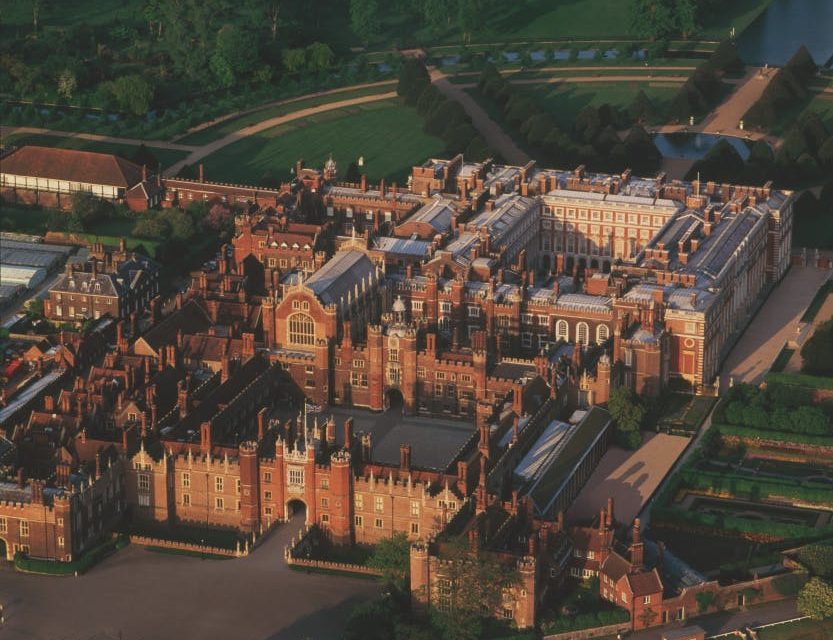
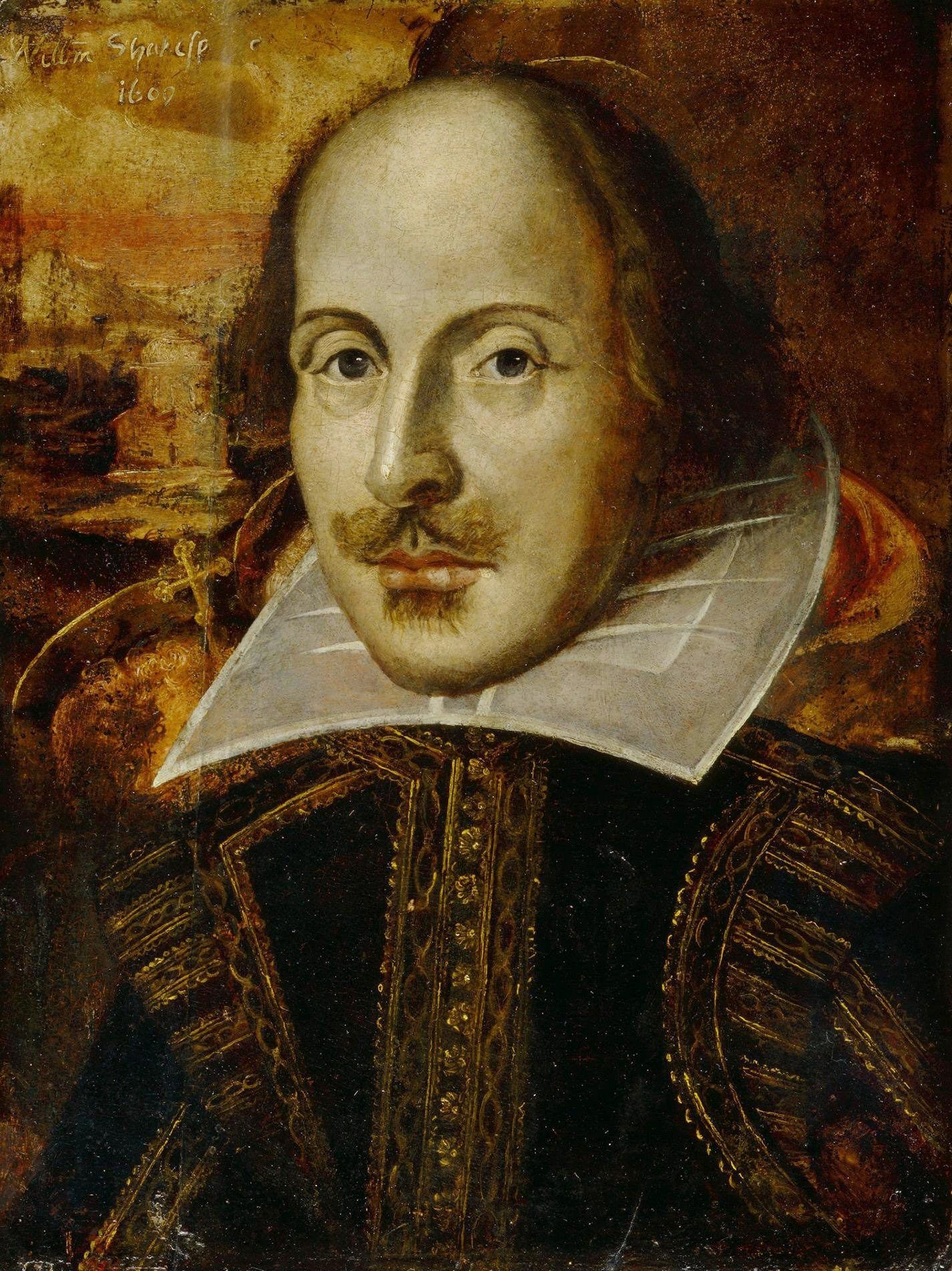
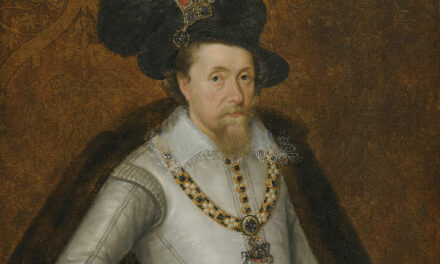
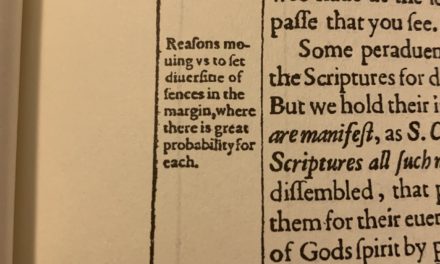
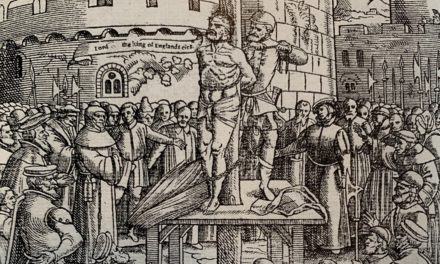
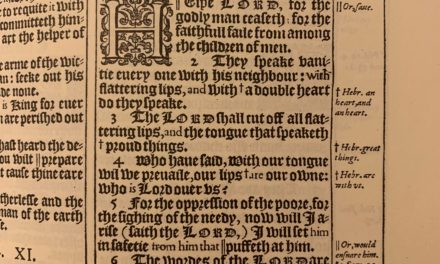
Comments